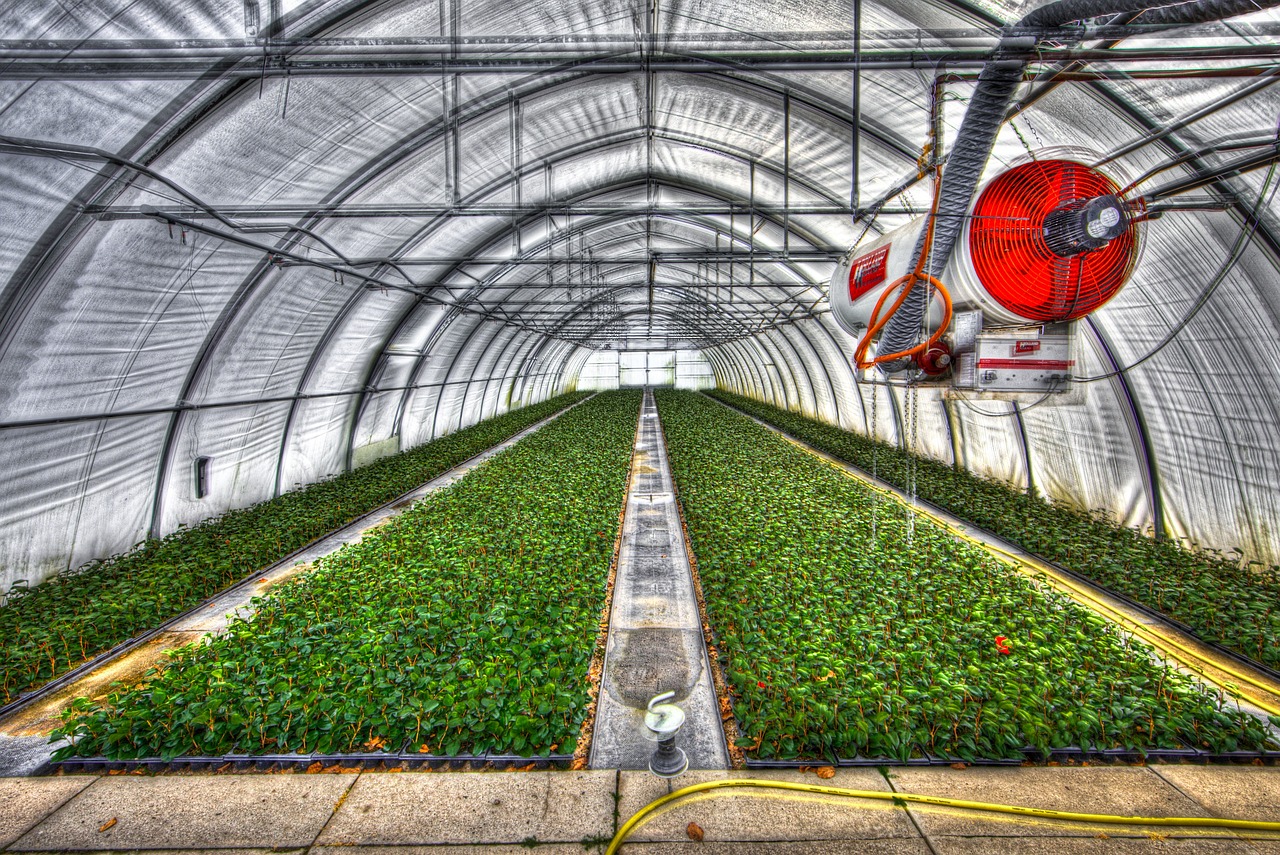Growing vegetables in the shade is a unique challenge, but the appropriate information and decisions can result in a flourishing garden. This article discusses the finest vegetables to produce in shaded regions and how to maintain a fruitful shade garden.
Assessing Light Levels in Your Garden
Before planting, assess your garden’s light levels. Depending on neighboring structures, trees, or other plants, different regions may receive varying amounts of sunshine throughout the day. Shaded locations are often defined as those that receive fewer than four hours of direct sunlight per day.
Using a light meter can help you measure the amount of light in different areas, allowing you to modify your planting options accordingly.
Leafy Greens: The Powerhouses of Shade
Leafy greens are some of the greatest crops to grow in the shade since they flourish with little sunshine and may be picked numerous times during the growing season.
Kale
Kale makes a wonderful choice for shaded gardens. This superfood is not only high in vitamins and minerals, but it is also extremely resistant to cold conditions. Shade can even boost the sweetness of kale, making it a tasty complement to salads or cooked foods.
Spinach is quick-growing and versatile
Spinach is another leafy green that thrives in low-light environments. This rapidly growing crop can be planted in early spring or late summer for a fall harvest. Spinach is adaptable; it may be eaten fresh in salads, sautéed, or incorporated into various recipes, making it an excellent addition to any garden.
Root Vegetables: Thrive Below the Surface
Root vegetables are often more tolerant of shadow since they acquire nutrients from the earth rather than direct sunshine.
Beets have a dual purpose
Beets are an excellent alternative for shaded locations due to their flexibility and dual harvesting capabilities. Not only may the nutritious roots be enjoyed, but the tops can also be taken and eaten as greens, resulting in two harvests for the work of one plant.
Carrots
Carrots thrive in various lighting settings and can be grown in partial shade. They come in various hues, making them delicious and artistically appealing. As with many root vegetables, less strong sunlight can result in sweeter roots.
Herbs: Adding Flavor in Low-Light
Herbs are an excellent method to utilize shaded areas in your garden while offering fresh flavors for your culinary creations.
Chives
Chives are a wonderful herb choice for shaded regions. They require little upkeep, and a subtle onion flavor complements many recipes. Their lovely purple blossoms give visual flair to your garden’s darker areas.
Mint is a fragrant addition to your garden
Mint is another herb that thrives in low-light circumstances. This strong grower adds a refreshing perfume to your garden and is perfect for teas, salads, and garnishes. Be aware that mint can spread quickly and may require control.
Tips for Maintaining a Shaded Garden
To increase the output of your shade garden, consider the following suggestions:
Soil Health is Essential for Shade Success
Healthy soil is essential for every successful garden. Ensure the soil is rich in organic matter, which can help with drainage and offer necessary nutrients. To improve fertility during planting, consider supplementing your soil with compost or well-rotted manure.
Moisture Management: Keeping Your Garden Hydrated
Shaded locations retain moisture longer than sunny areas, which might lead to overwatering. Waterlogging and root rot can be avoided by periodically monitoring soil moisture levels. Using well-drained soil and mulch is recommended to maintain moisture and prevent weeds.
Types of Shade: Understanding Your Garden’s Conditions
Understanding the sort of shade in your garden will influence your plant selection. There are typically three types:
- Full Shade: Only the most tolerant plants can grow in areas with little to no direct sunshine.
- Partial Shade: Areas that receive approximately 3-6 hours of sunlight daily; a wider range of plants can thrive here.
- Dappled Shade: Areas with filtered sunlight, typically found beneath trees; many vegetables and herbs thrive in these conditions.
Conclusion
Growing vegetables in shadowed places can produce abundant crops with appropriate selection and care. You may build a productive and delightful garden space by choosing shade-tolerant plants, improving soil health, and understanding the light conditions in your area. Accept Shadow’s unique challenge, and watch your garden thrive with lush greens, root veggies, and fragrant herbs.
